-
Less than 4% of dryland areas will turn into desert under climate change, new study shows
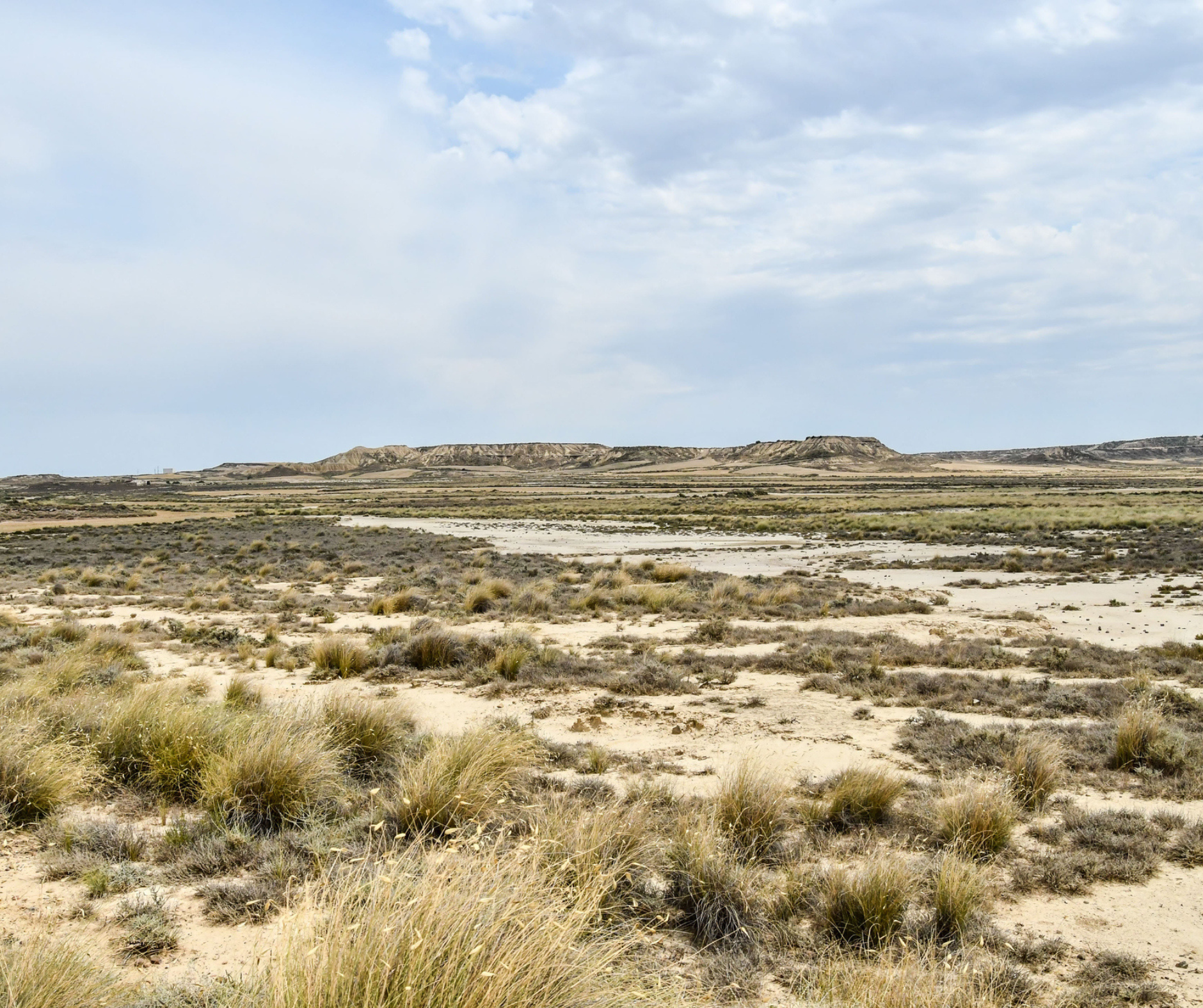
Climate scientists have found that the increase in aridity in drylands in response to climate change won’t lead to a general loss of vegetation productivity. Instead, most of the global drylands are projected to become greener and more productive with climate change.
-
“I felt I would have a larger impact as a climate researcher”: Aditya Sengupta’s transition from physics to climate science

Aditya Sengupta is a PhD researcher at the ARC Centre of Excellence for Climate Extremes studying the impacts of climate change on El Niño. After studying physics in India, and driven by the desire to make a change, Aditya decided to shift to climate science.
-
Tonga’s volcanic eruption could cause unusual weather for the rest of the decade, new study shows
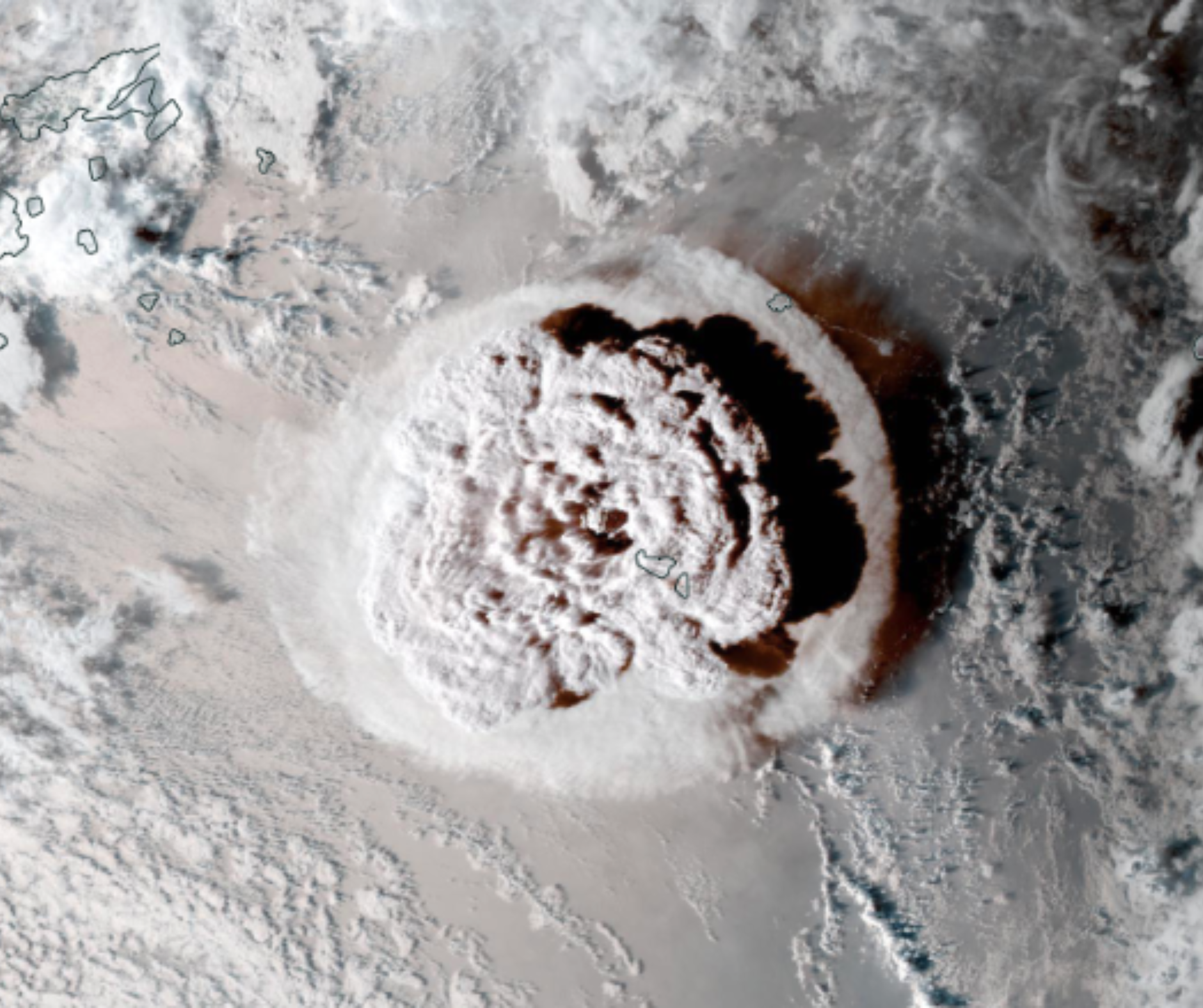
The 2022 Hunga Tonga volcanic eruption produced the equivalent of 60,000 Olympic swimming pools of water vapor, which ended up in the stratosphere. Researchers have studied its impact on climate and suggest that it could lead to unusual winter weather for years to come.
-
Floating robots reveal just how much airborne dust fertilises the Southern Ocean – a key climate ‘shock absorber’
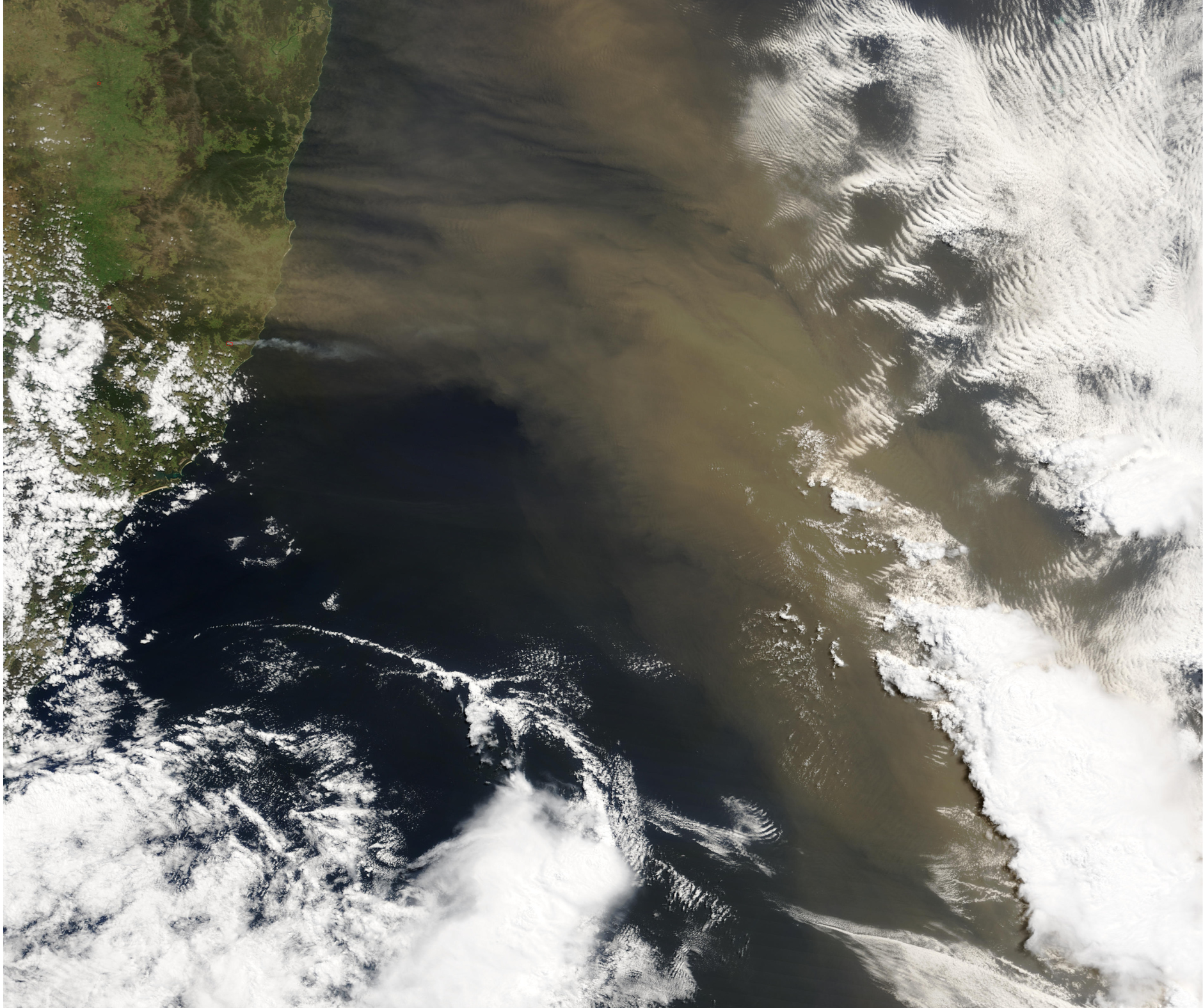
Researchers have found that windblown dust delivers enough iron to support a third of the Southern Ocean’s phytoplankton growth. This finding sheds light on the vital role that dust-fuelled productivity plays in the ocean’s capacity to absorb and store carbon dioxide from the atmosphere.
-
Why did rainfall increase in the third year of the recent triple-dip La Niña?

It seems counterintuitive that rainfall increases in the later years of a multi-year La Niña event. Yet, this is what occurred during the recent triple-dip La Niña. Even more interestingly, this increase happened despite no strengthening of La Niña in the tropical Pacific. So, what’s the reason behind it?
-
Despite what you might hear, weather prediction is getting better, not worse
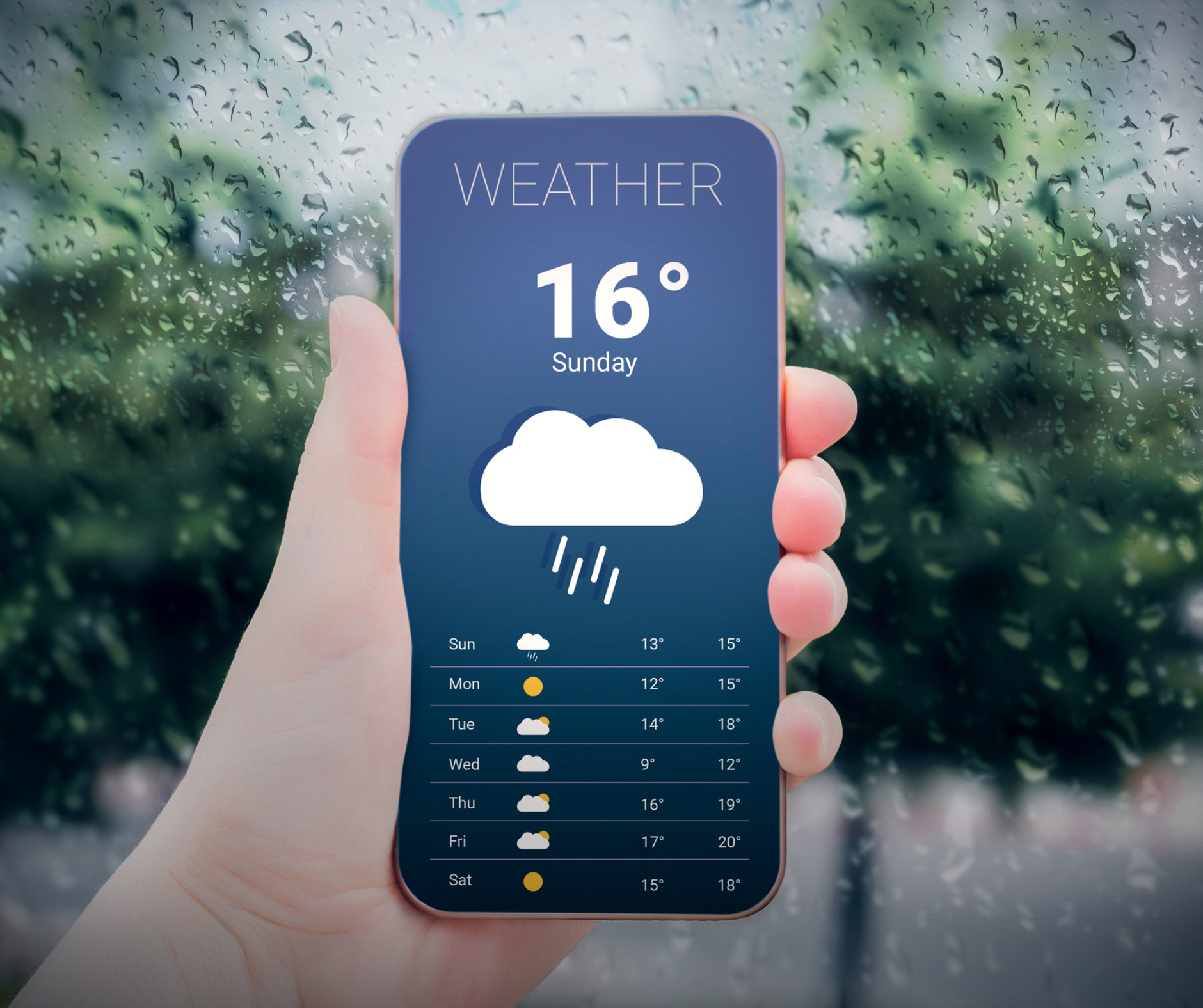
Our ability to predict conditions over the coming season has greatly advanced in just the past 20 years. We now better understand how the various climate drivers influence our weather, and we have more computational power to run models.
-
The heat is on: what we know about why ocean temperatures keep smashing records
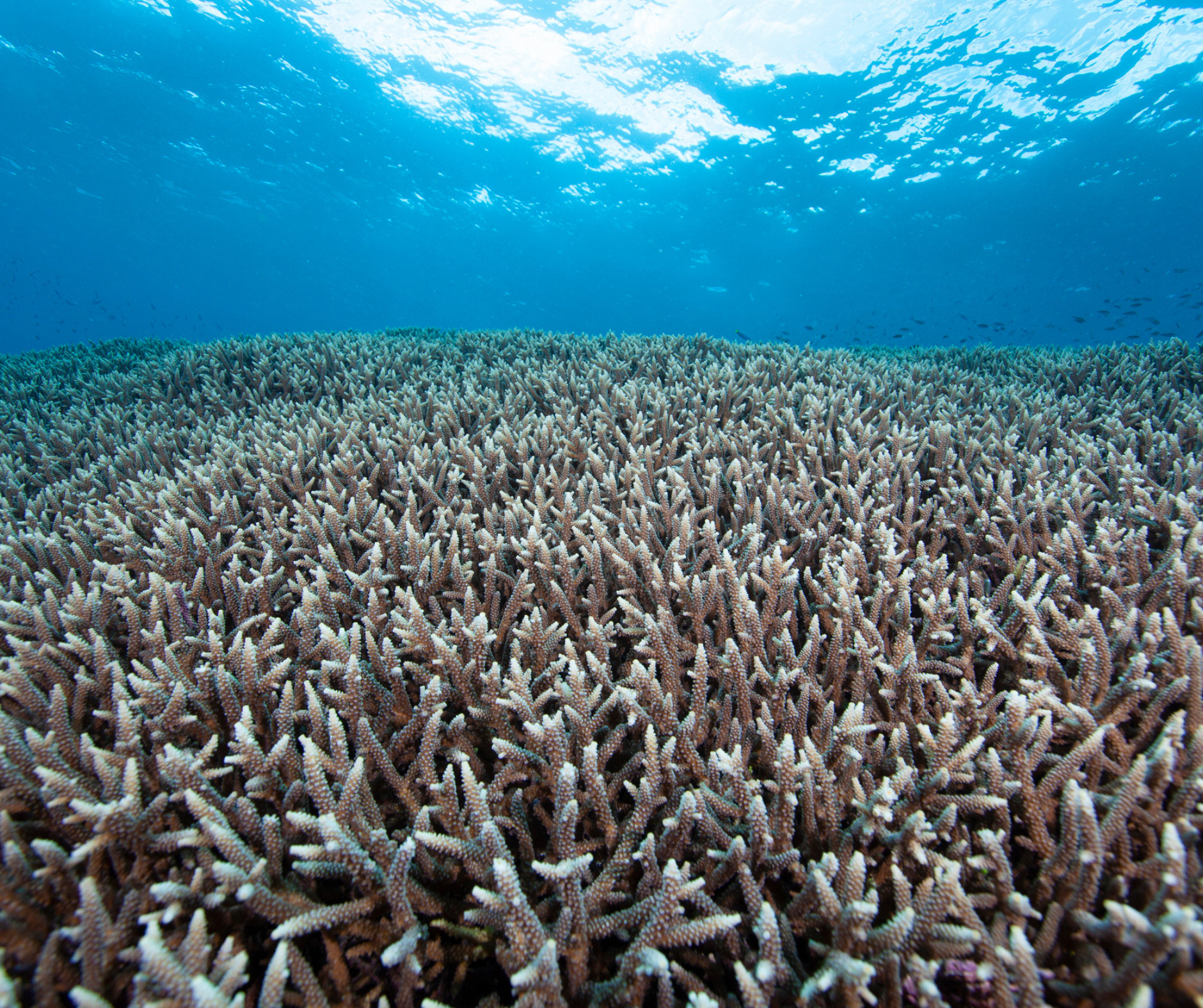
To us, a warmer ocean might feel pleasant. But the extra heat manifests underwater as an unprecedented series of major marine heatwaves, which can lead to mass death or mass migration for marine mammals, seabirds, fish and invertebrates and cause widespread coral bleaching.
-
The Southern Ocean has the cleanest air on Earth. We have just discovered why
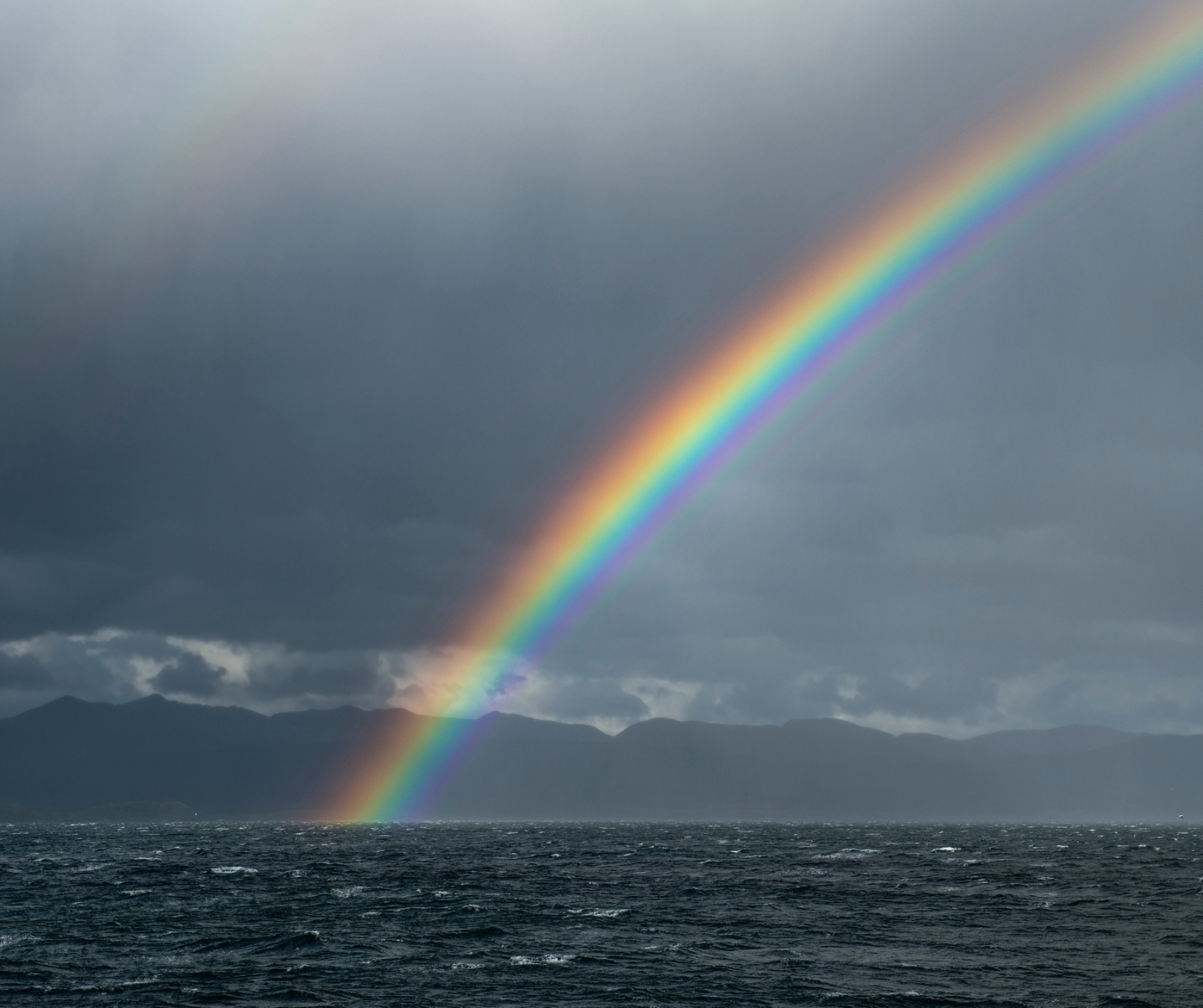
The reasons for the pristine air in the Southern Ocean have long remained a mystery. This new study reveals that clouds and rain play a crucial role in scrubbing the atmosphere clean.
-
Why is Australia’s east coast copping all this rain right now? An atmospheric scientist explains
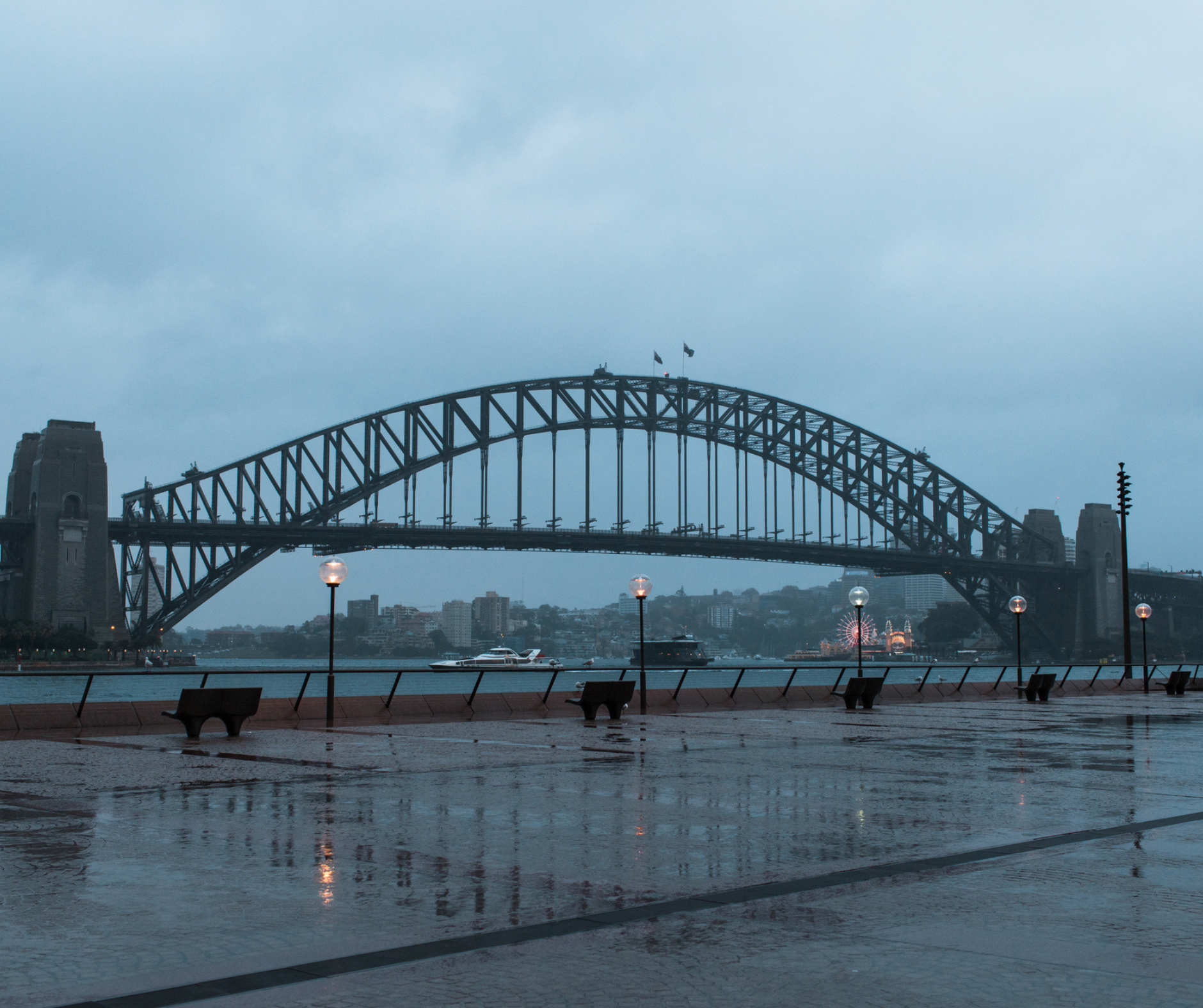
Parts of Sydney were drenched in more than 100mm of rain overnight and the main dam that supplies the city’s drinking water is expected to spill in coming days. At least one man has died in Queensland floodwaters after torrential rain. This wild weather is caused by the “Black Nor’easter”.
-
A 20-year ‘mega-drought’ in Australia? Research suggests it’s happened before – and we should expect it again

Natural variability in Australian rainfall can produce “mega-droughts” lasting 20 years or more. If we add in human-caused climate change, it suggests future droughts will be far worse than we imagined.
